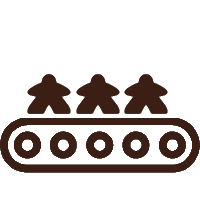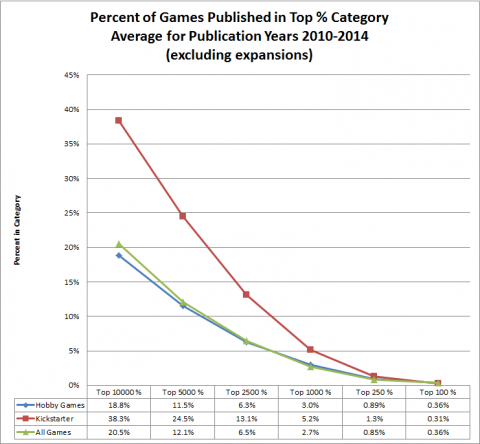Setup
The Spiel des Jahres (SDJ) award is intended to recognize games for “family and friends.” Does it hit that mark? The Kennerspiel des Jahres (KSDJ) was created to recognize more advanced games. Anecdotally, this is obvious from the difference in games that have won the awards, but is there a way to quantify this difference? Not dissimilar from other media, the complexity level of a game is represented by what gamers generally call “weight,” which is available as a community contributed measurement on BoardGameGeek.com. All graphs have been derived from data obtained from BoardGameGeek.com in June and July 2017.
Let’s take a look at the weight of SDJ and KSDJ winners and nominees over the years for insight into their level of complexity:
- What are their average and relative weights?
- Have their weights changed over the years? (Are the games getting more or less complex?)
- Have there been major changes over the years? What were the likely events that caused these changes?
Note: If you are starting your reading with this article, you might want to jump to the introduction here: Spiel des Jahres & the BGG Community Part 1










